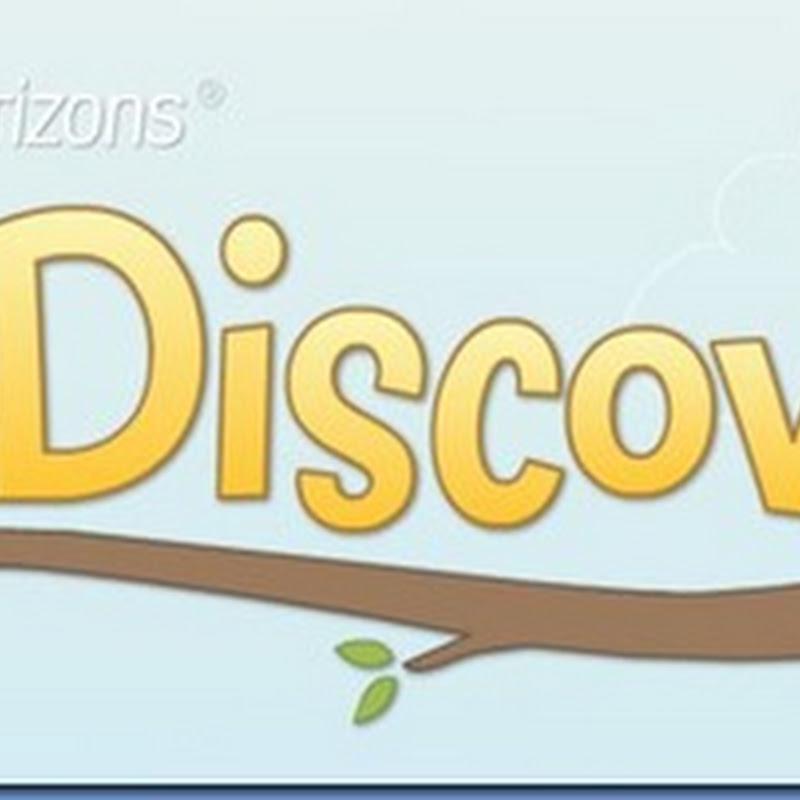POST LAB:
Jenna
OBJECTIVES:We like how the elephant uses his trunk to scratch his ears ;) *An elephant uses its trunk as a hand. The trunk can carry a 600-pound (272-kilogram) log or an object as small as a coin. Elephants also breathe and smell with their trunks. |
Students listen to a story about
other organisms that use tools.
|
|
|
BACKGROUND: Children take tools and gadgets for granted because they are familiar objects in our society. They rarely think about what humans would do without them. Ask children if animals use tools? Make several mental pictures for the students such as a dog or cat that uses a can opener, or a horse that rides a bicycle. Children might chuckle, but you want the students to think about what do animals use to carry, break, or move things?
Early humans had to use twigs and stones as their tools to cut and move. Round stones and sticks allowed humans to move heavy objects. Certain rocks like obsidian could be faceted into cutting tools. Other rocks could be carved to grind corn and grain into meal. Humans had the ability to make tools that helped them to create new construction that other animals could not.
PROCEDURE:Happy Science Homeschooling,
- Animals use their natural shape to help develop strategies to cope with the natural world. Use the book, An Elephant Never Forgets its Snorkel to illustrate how animals accomplish naturally what humans need to use tools or gadgets. You probably do not want to read the text to the children, but the illustrations help get the point across to the students. Use the information to help you understand.
- Below are examples of how to emphasize these gadgets using the illustrations in the book.
- A human uses a snorkel to breathe underwater, but an elephant "snorkels" with its trunk.
- Humans wear a rain coat to stay dry but ducks have waterproof feathers by using their body's oil.
- Humans built homes and high-rise buildings by using machines. African ants construct a home by making "cement" from their saliva.
- Humans protect their eyes by using sunglasses, a polar bear's eye "closes" down automatically when the sun gets too bright.
- Have a discussion on how they think different tools were created. This session could be a wild side into how young children think things were invented.
Jenna























No comments:
Post a Comment